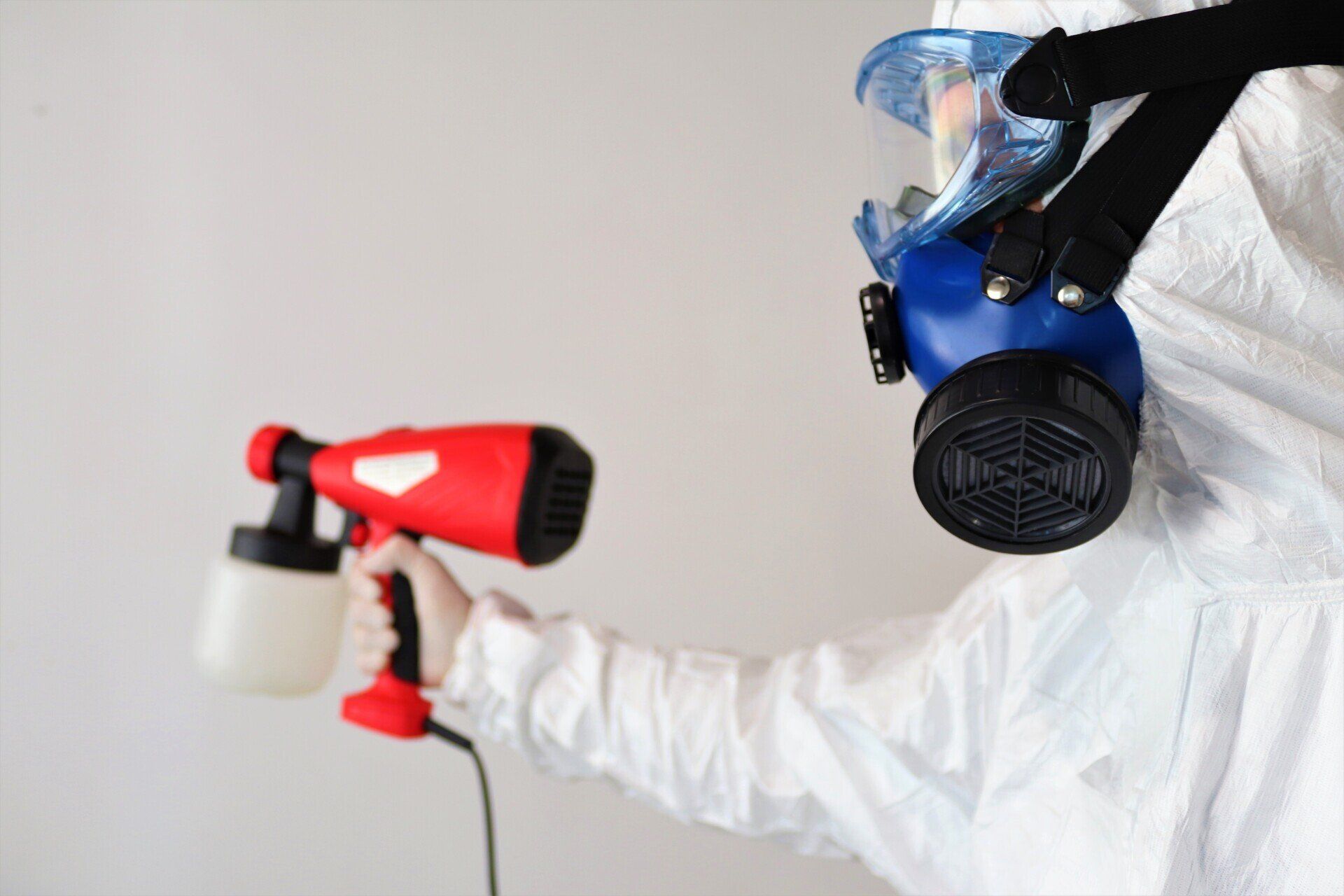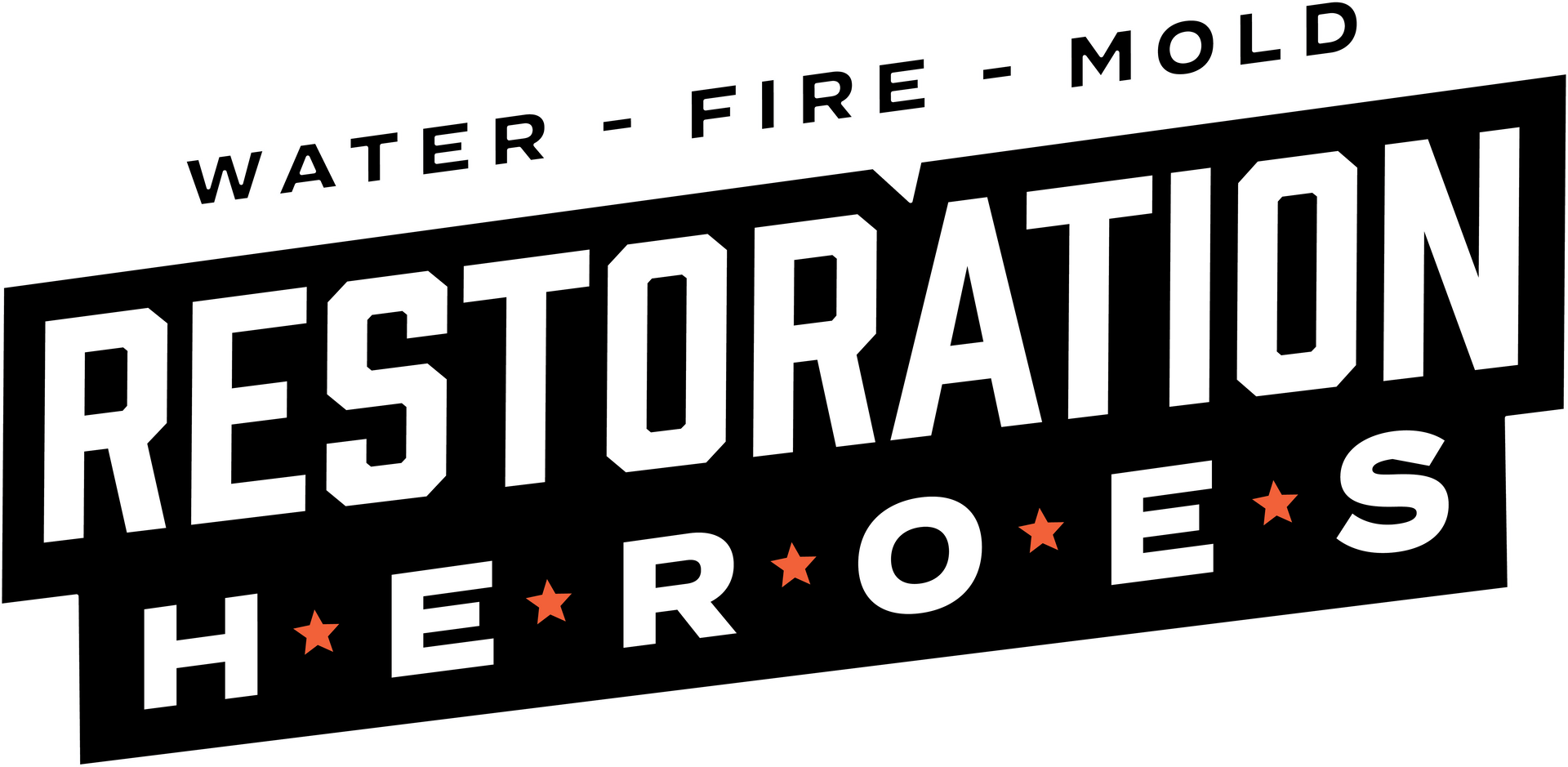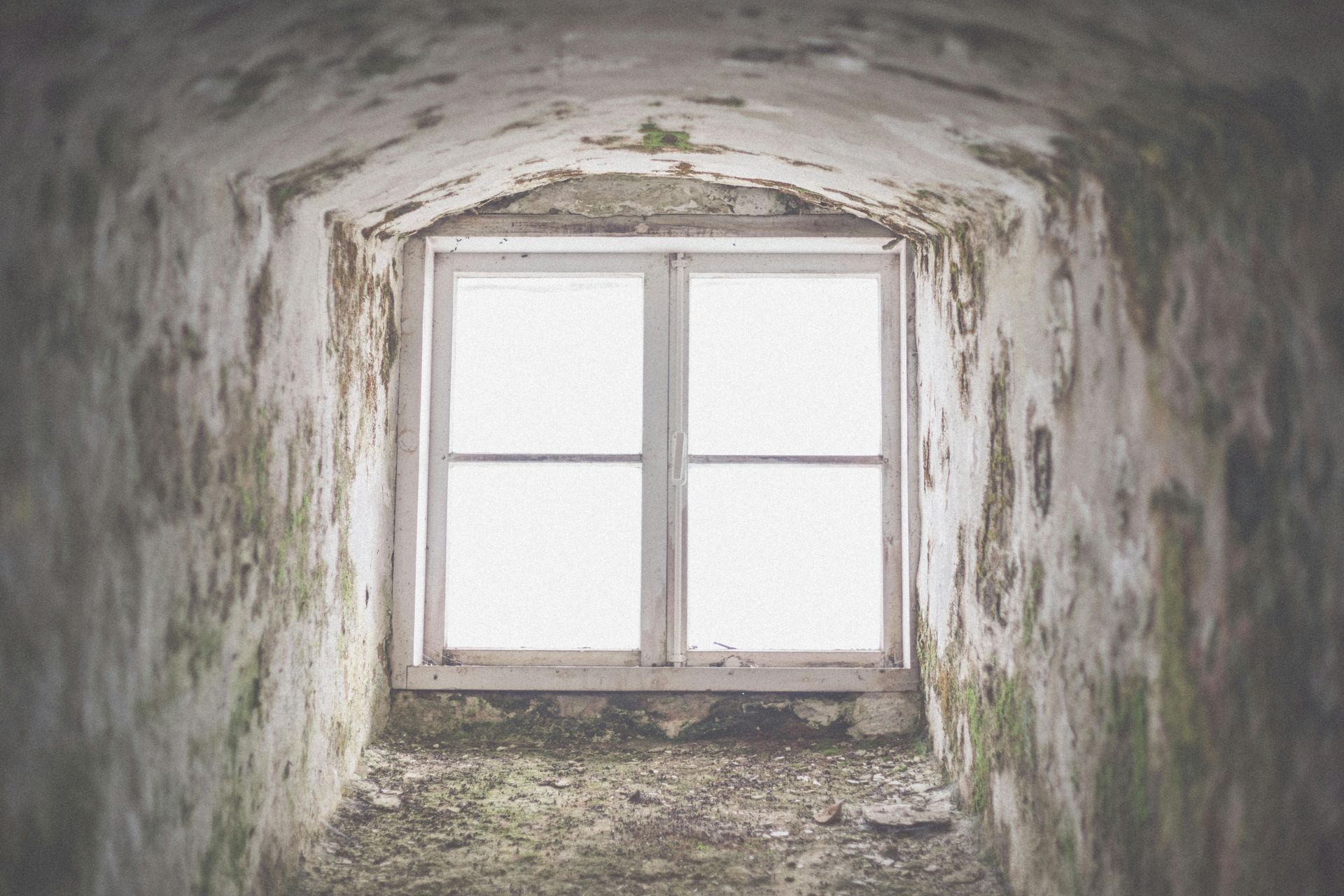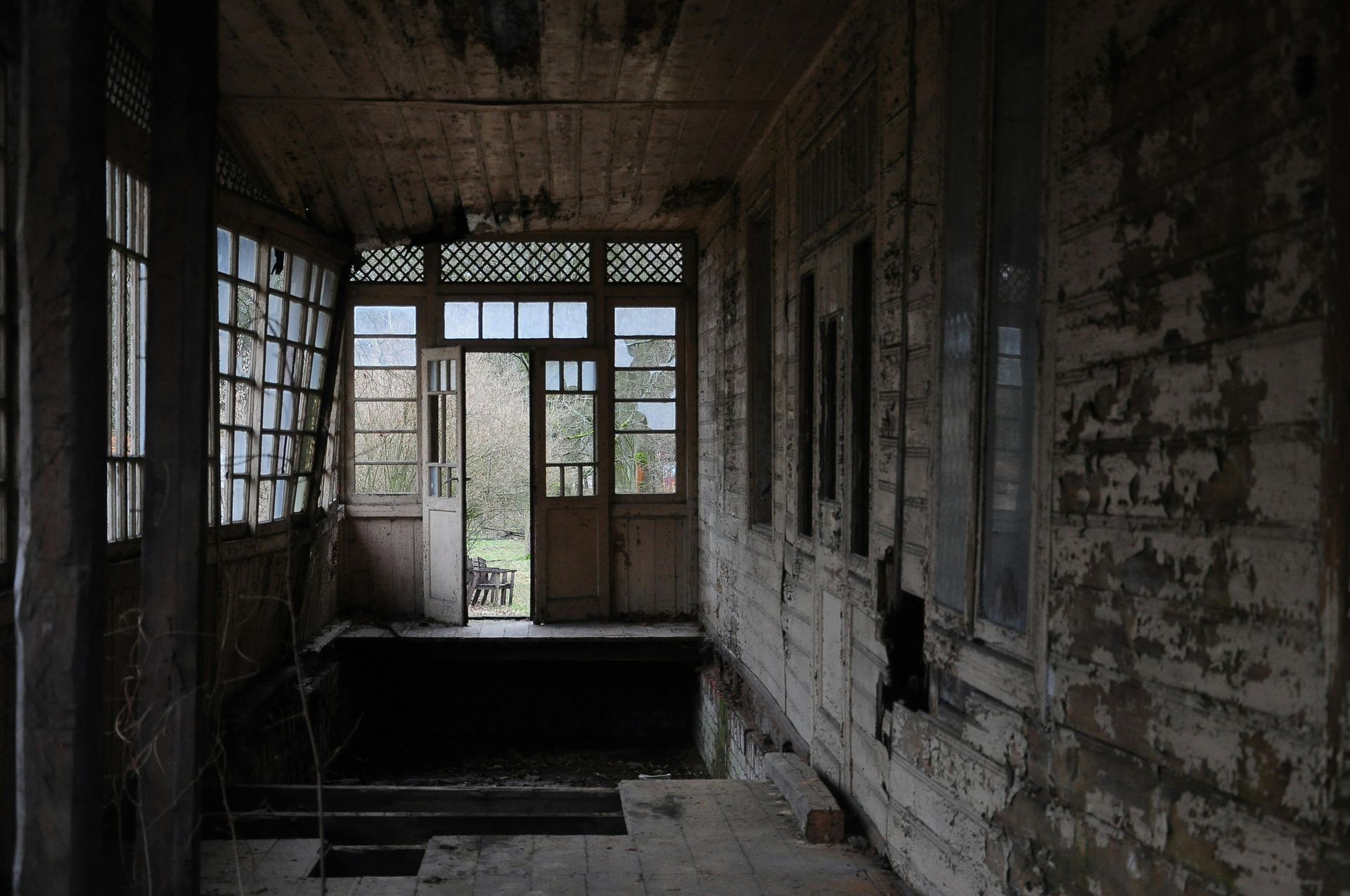The Importance of Mold Testing in Your Home
Why a Home Mold Inspection is Essential to Keep Your Family Safe

Mold testing is an important part of maintaining the health and safety of your home. Mold can be found in various places within a residence, from basements to attics - even behind walls or under carpeting. Not only can mold cause allergies and other respiratory issues, but it can also weaken structures, damage furniture, and increase moisture levels, which can lead to further problems.
In this article, we'll explore the various sources of mold growth within a home, outline the dangers associated with leaving mold untreated, and explain how to correctly test for mold. We'll then discuss ways to prevent and remediate any mold you may find in your residence.
Common Signs of Mold
Mold isn't something anyone wants to find in their home. However, it can be difficult to spot because it often grows in hidden areas such as behind walls and underneath flooring. Knowing the signs of mold growth is essential for protecting your family's health and safety.
One common sign of mold growth is a musty odor that won't go away. Visible mold is another telltale sign, often accompanied by water damage or discoloration of walls and flooring. Increased humidity in the home is a third indicator that there may be hidden mold present. Finally, condensation on windows and other surfaces can also signal the presence of moisture-loving mold spores.
Types of Mold
Mold in the home can be a serious issue, with many different types posing a risk to human health. In order to protect your family from potential harm, it is important to understand the different types of mold, as well as the potential dangers associated with each. Here is an overview of some of the most common types and their associated risks.
- Alternaria: Alternaria is a type of mold commonly found in the home and outdoors. It can cause allergic reactions and may even trigger asthma attacks. In addition, it can damage fabrics, paper products, food items, and other porous materials.
- Aspergillus: Aspergillus is another common indoor and outdoor fungus that is linked to health problems such as respiratory illnesses and sinus infections. It can also be damaging to homes, as it thrives on damp surfaces such as wood, paper, and cloth.
- Cladosporium: Cladosporium is a type of fungus that grows outdoors in soils and vegetation but can also thrive indoors on wet surfaces like carpets. This type of mold has the potential to cause allergic reactions and respiratory issues.
- Penicillium: Penicillium is found both indoors and outdoors, often in damp conditions such as bathrooms or near leaking pipes. This type of mold can cause respiratory illnesses and allergic reactions and is linked to health issues such as asthma attacks and chronic sinus infections. It can also damage fabrics, wallpaper, carpeting, furniture, and other porous materials.
- Stachybotrys: Stachybotrys is a type of toxic mold commonly found in homes and buildings. It produces toxins that can cause serious breathing problems, skin irritation, and other health issues. It can lead to extensive structural damage and may even become a fire hazard.
- Fusarium: Fusarium is another common type of mold that thrives in warm and moist environments. While not always toxic, Fusarium can cause severe allergic reactions and even food poisoning if ingested. It also has the capability to spread quickly, making it important to identify and address any Fusarium infestation as soon as possible.
- Trichoderma: Trichoderma is similar to Stachybotrys in that it produces toxins that can be hazardous to your health if left untreated. It is typically found in damp areas such as bathrooms, basements, and kitchens where water damage has occurred. It can also cause significant damage to wood, drywall, and other materials if not treated quickly. Thankfully, Trichoderma can be eradicated with the proper mold remediation and removal techniques.
Health Risks Associated with Mold Exposure
There have been numerous studies that have linked mold exposure to a range of negative health outcomes, including allergic reactions, respiratory issues, and even neurological symptoms.
According to the Centers for Disease Control and Prevention (CDC), there is evidence that exposure to mold can cause a range of symptoms, including nasal stuffiness, eye irritation, wheezing, and skin irritation. Research has also demonstrated that certain types of mold can lead to more serious health problems, such as fever and shortness of breath.
Why do you need a professional home mold inspection? This is because mold can cause risks to your health.
Allergic Reactions
Mold can cause allergic reactions in some people, leading to symptoms such as sneezing, runny nose, and itchy eyes. The most common allergenic molds are Cladosporium, Penicillium, Alternaria, and Aspergillus. They are typically found on fabrics, carpets, and other damp surfaces. Other sources of allergenic molds include decaying leaves, compost piles, and certain foods such as cheese and bread. Thus, mold detection should be a priority.
Respiratory Problems
Exposure to mold can cause respiratory problems in some people, including symptoms such as coughing, wheezing, and shortness of breath. The most common respiratory irritant molds are Alternaria, Cladosporium, and Aspergillus. Sources of these molds include decaying leaves, moist soil, and certain foods such as cheese and bread. Mold spores can become airborne and be inhaled into the lungs. Prolonged exposure to mold-contaminated air can lead to more severe respiratory problems.
Headaches and Fatigue
Exposure to mold can cause severe headaches as well as fatigue in certain individuals. People with allergies or asthma are particularly susceptible to these symptoms, which can be caused by even small amounts of exposure to a variety of different molds. Common types of mold that may cause headaches or fatigue include Alternaria, Aspergillus, and Cladosporium, which are all known to produce spores. Spores in the air can be breathed in and cause health complications.
Headaches can range from mild to severe and may also come with other symptoms like fever or general weakness. Fatigue is often accompanied by poor concentration, difficulty sleeping, and overall exhaustion. Those who suspect they are experiencing headaches and fatigue due to mold exposure should contact a medical professional for testing.
Skin Irritation
Exposure to mold can also cause skin irritation and rashes in people with existing allergies or asthma, as well as those without underlying conditions. The most common molds that may cause skin irritation are Fusarium, Aureobasidium, and Stachybotrys, which are all types of mold that produce spores. These spores can cause inflammation on the skin, resulting in a rash or irritation.
People exposed to mold may experience itchy skin and redness at first, which can then lead to hives or blisters if the reaction is more severe. If you have noticed any symptoms of skin irritation due to mold exposure, it is important to contact a medical professional for testing and treatment.
Fungal Infections
Mold exposure is a major risk factor for fungal infections, especially in individuals with weakened immune systems. Various types of mold have been linked to the development of fungal infections. Common household molds such as Cladosporium and Aspergillus are the most likely culprits, but even types that are not usually found indoors can cause infections. Allergy sufferers and people with asthma, diabetes, HIV/AIDS, or cancer are particularly vulnerable to these kinds of infections.
Neurological Symptoms
Mold exposure has also been linked to neurological symptoms such as memory loss and mood changes. A number of studies have demonstrated the connection between mold exposure and neurological symptoms, particularly among patients with pre-existing health conditions. Various types of mold can cause neurological problems, although the exact mechanisms remain unknown. As such, it is important to perform regular mold testing in your home in order to protect your mental health. Regular cleaning and air filtering can also help reduce the risk of mold-related neurological problems.
Immunological Reactions
Exposure to mold can cause immunological reactions in certain individuals, potentially leading to an increase in body temperature and difficulty with breathing. The types of mold most likely to provoke these reactions include Aspergillus fumigatus, Alternaria, and Cladosporium. These molds contain proteins that interact directly with the human immune system, leading to inflammation and other associated symptoms.
The most common immunological reactions are fever, wheezing, coughing, sneezing, and difficulty breathing. In some cases, an individual may experience more severe physical complications such as rash or swelling of the skin. Those who suffer from pre-existing conditions like asthma may be especially vulnerable to these reactions as their lungs are more likely to react negatively.
Toxicity From Mycotoxins
In addition to causing immunological reactions, some types of mold also produce mycotoxins. These compounds can be highly toxic and have the potential to cause a range of health problems when inhaled or ingested by humans. The most commonly associated molds that produce mycotoxins are Stachybotrys chartarum, Aspergillus versicolor, Fusarium, and Trichoderma.
Mycotoxins can lead to significant health complications, including headaches, fatigue, coughing, and difficulty with breathing. In more severe cases, mycotoxin poisoning has been known to cause liver damage and even death. Therefore, it is crucial to detect the presence of mycotoxins in your home or work environment as soon as possible so that steps can be taken to mitigate potential harm.
Sudden Infant Death Syndrome (SIDS)
Scientists believe that there is a direct correlation between indoor air pollutants, including mold, and the risk of SIDS. Infants exposed to greater levels of mold had an increased risk for SIDS. High concentrations of mold may produce allergens that can increase the production of histamine in the lungs, leading to an increased risk of SIDS. Studies conducted by the EPA suggest that infants living in homes with higher levels of mold have a greater chance of suffering from other health issues as well, such as wheezing and asthma-like symptoms.
The Mold Testing Process
Mold testing is essential for identifying the presence of mold in homes and other structures. Professional mold inspectors are trained to collect samples from air and surface areas, which can then be analyzed in a laboratory setting. These tests provide an accurate analysis of the amount and type of mold present, allowing homeowners to develop a plan for remediation. It is important to work with a professional who can interpret the results of the mold tests and provide guidance on how to best address any issues.
Preventing Mold Growth
Preventing mold growth in homes is essential for maintaining a healthy living environment. Homeowners should take steps to reduce moisture, such as fixing plumbing leaks, drying areas quickly after water spills, and using a dehumidifier. Maintaining proper ventilation and keeping humidity levels low can also help prevent mold growth. Regularly inspecting the home for signs of mold and acting quickly to address any issues is key to keeping your home free of harmful mold growth.
Protect Your Home With Restoration Heroes
Mold is a major issue that can affect the health of those living in a home. Without proper mold testing, it may be impossible to identify and address any potential issues. It's crucial to have your home tested for mold so you can protect yourself and your family from the potential risks associated with this problem.
Restoration Heroes offers professional house mold inspection that can help identify any mold present in your home. Our technicians use specialized, state-of-the-art equipment to detect and remove areas of mold growth, so you can feel confident knowing that the job is being done right. Call our mold inspectors today!










